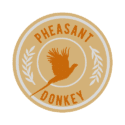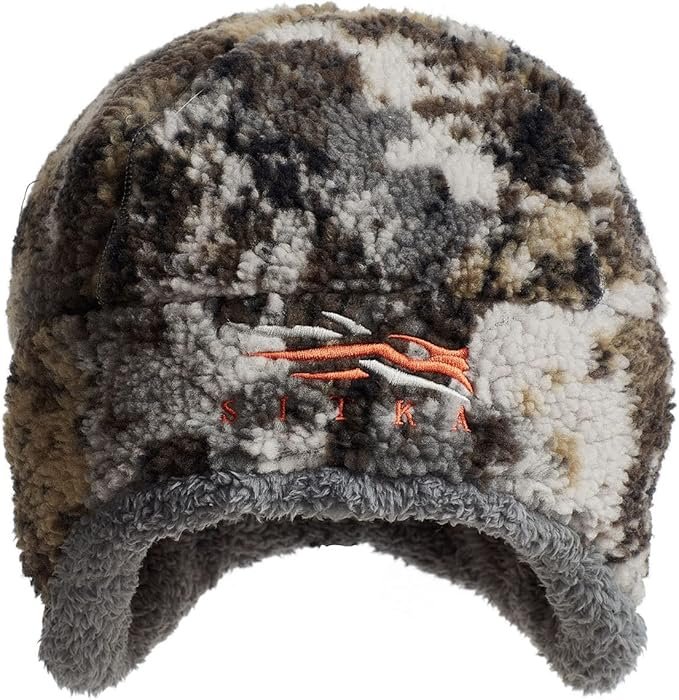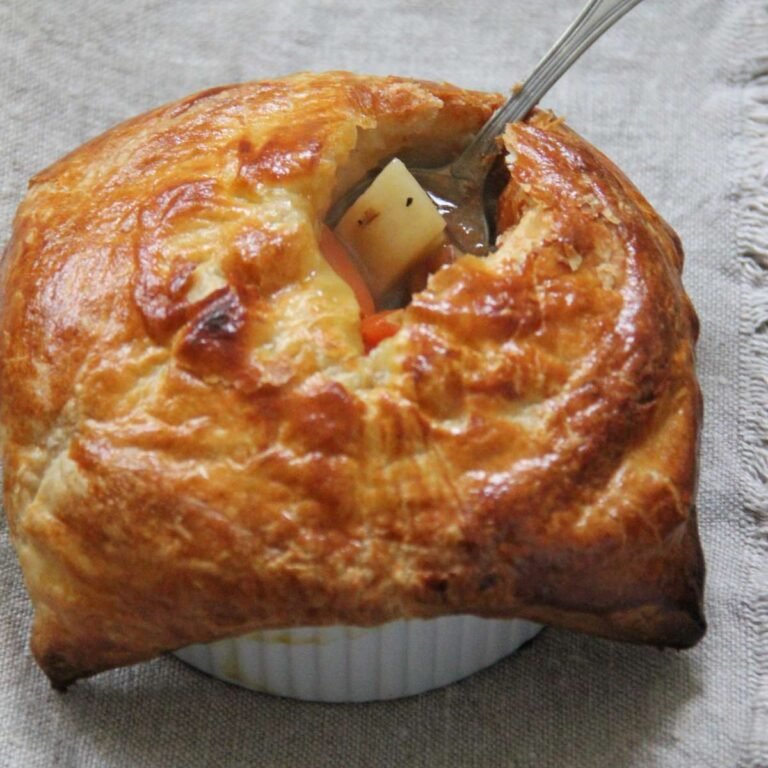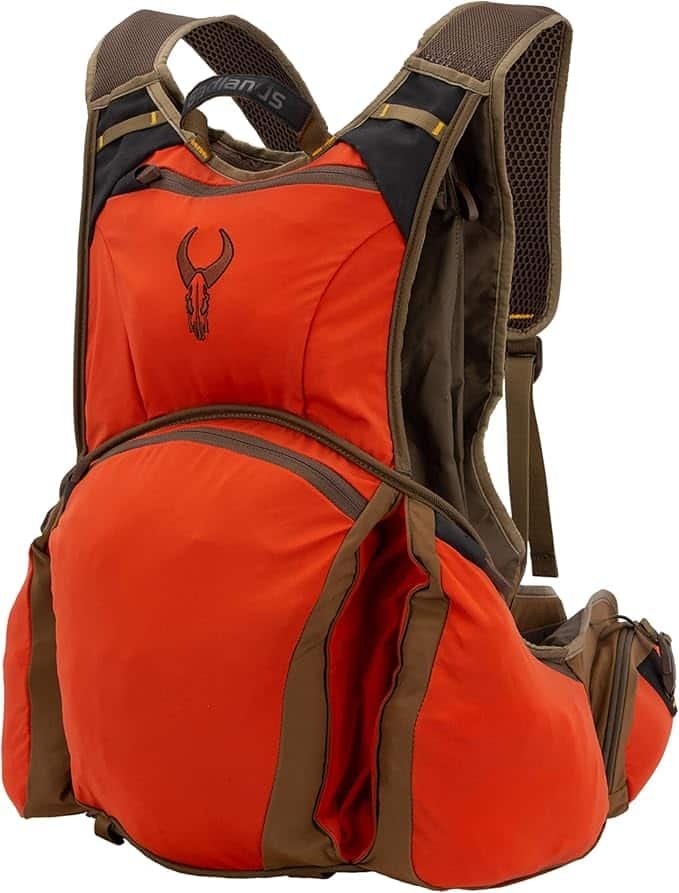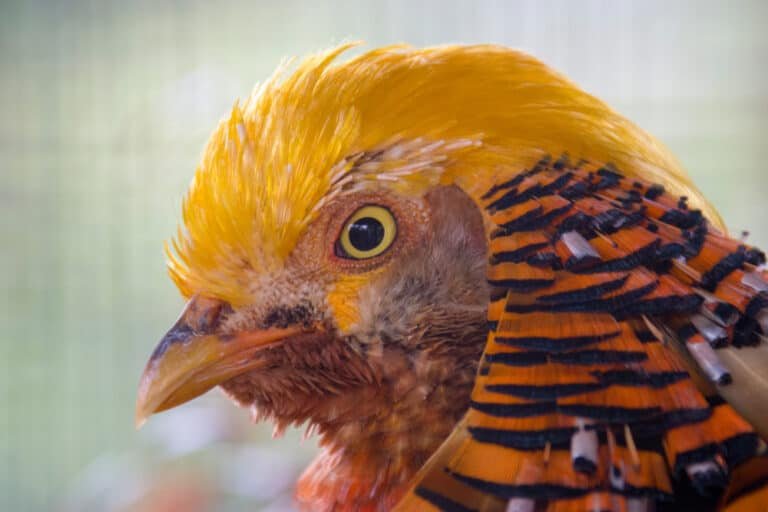Best Shot Size for Pheasant Hunting Success 2024
Are you tired of wounded birds and missed opportunities? Choosing the best shot size for pheasant hunting could be the game-changer you need in your pheasant hunting arsenal.
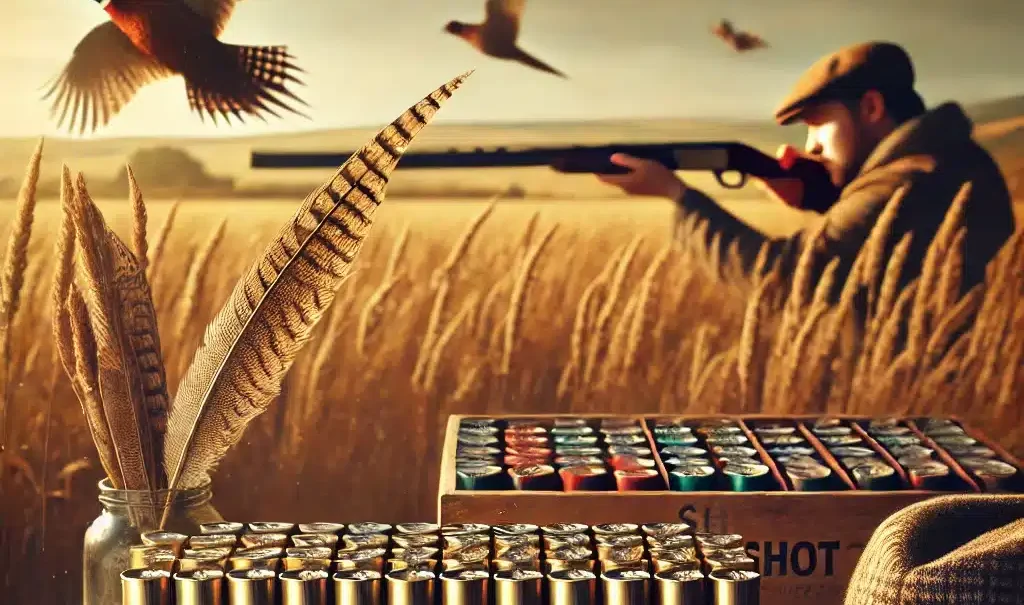
In pheasant hunting, success often hinges on the smallest details – and shot size is no exception. Whether you’re a seasoned hunter or a newcomer to the sport, understanding the nuances of shot selection can dramatically improve your effectiveness in the field.
This comprehensive guide will unlock the secrets of shot size selection, helping you make informed decisions that lead to clean kills and memorable hunts. From the hard-hitting #4 to the pattern-dense #6, we’ll explore the pros and cons of each option and show you how to match your shot to various hunting scenarios.
Get ready to elevate your pheasant hunting game and confidently fill your bag.
Factors Influencing Shot Size Selection
When it comes to choosing the best shot size for pheasant hunting, several crucial factors come into play:
- Range: Consider the typical distances at which you’ll be taking shots. Longer ranges generally require larger shot sizes to maintain velocity and energy.
- Shotgun Choke: Your choke affects pattern density. Tighter chokes work well with smaller shot sizes, while more open chokes can accommodate larger shots.
- Regulations: Always check local hunting regulations, as some areas restrict certain shot sizes or materials.
- Personal Preference: Your shooting style and comfort level affect shot size selection.
Recommended Shot Sizes for Pheasant Hunting
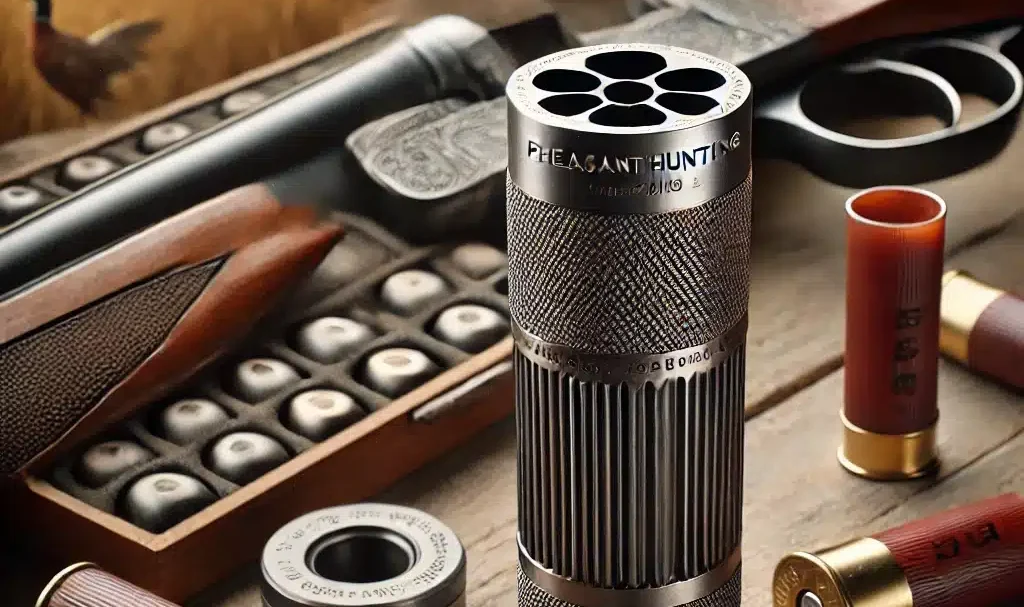
Let’s dive into the most common shot sizes used for pheasant hunting:
#4 Shot Pros
- Excellent for longer range shots (40+ yards)
- Higher kinetic energy for larger or late-season birds
- Better penetration through thick feathers and muscle
Cons
- Fewer pellets per shell, potentially reducing hit probability
- May cause excessive meat damage on close shots
#5 Shot Pros
- Versatile option suitable for most pheasant hunting scenarios
- Good balance between range, hitting power, and pattern density
- Effective from close range to moderate distances (20-40 yards)
Cons
- May lack stopping power for the longest shots or toughest birds
#6 Shot Pros
- A higher pellet count creates denser patterns.
- Ideal for closer-range shots (under 30 yards)
- Less meat damage on clean hits
Cons
- Reduced effectiveness at longer ranges
- May struggle with larger, tougher birds, especially late in the season
Considerations for Different Hunting Scenarios
Adapting your shot size to specific hunting conditions can significantly improve your success:
- Early Season Hunting:
- Birds are typically younger and easier to bring down
- #6 shot often suffices, providing good pattern density for flightier birds
- Late Season Hunting:
- Pheasants are fully grown and may have thicker feathers
- Consider #4 or #5 shot for increased stopping power
- Open Field Hunting:
- Longer shots are more common
- #4 or #5 shot can provide the necessary range and energy
- Dense Cover Hunting:
- Closer, fast-paced shots are typical
- #5 or #6 shot offers good pattern density for these scenarios
Additional Tips for Effective Pheasant Hunting
- Pattern Your Shotgun: Test different shot sizes and loads to see which performs best with your specific firearm and choke combination.
- Consider Non-Toxic Options: In areas requiring a non-toxic shot or if you prefer an environmentally friendly option, consider steel or bismuth alternatives. Note that you may need to increase a shot size when using steel to maintain effectiveness.
- Choke Selection: Experiment with different choke and shot size combinations. A modified choke often pairs well with #5 shot for versatile pheasant hunting.
- Practice, Practice, Practice: Regardless of shot size, improving your shooting skills is crucial. Regular practice at varying distances will help you make the most of your chosen load.
By carefully considering these factors and experimenting with different options, you’ll be well on your way to finding the perfect shot size for your pheasant hunting adventures. Remember, the “best” shot size can vary based on your circumstances, so don’t be afraid to adapt as needed.
